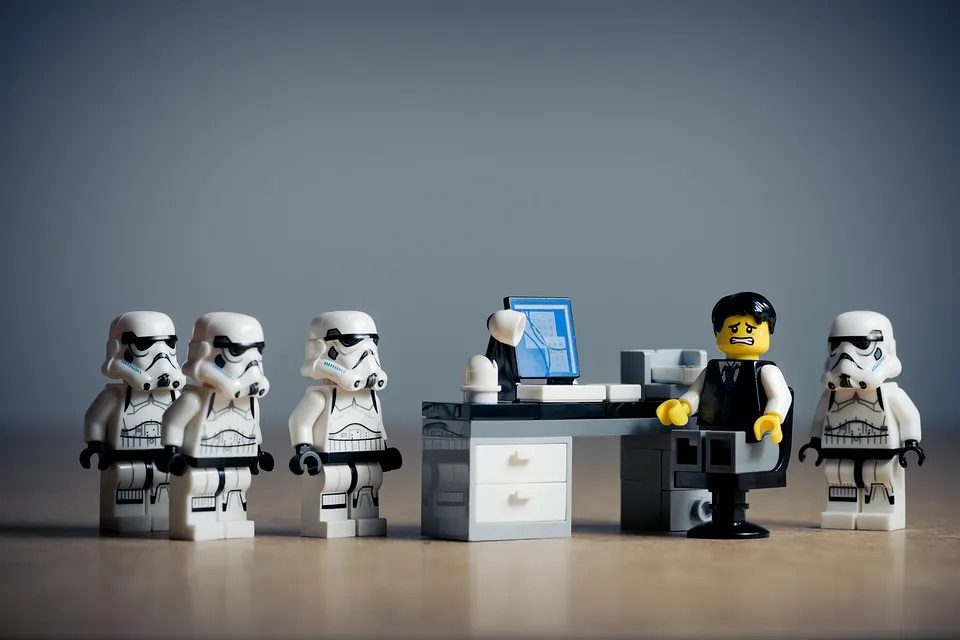
Step One: Plan for a Crisis
No one wants to plan for the worst, but in this day and age, it is critical for organizations to have a crisis communications plan in place. Any company that faces a crisis asks its publics to trust its decisions and actions, but this isn’t an easy ask. However it’s better received when the organization has built a positive reputation over a long period of time.
Building these relationships prior to a crisis is critical for any organization to minimize reputational and financial damages and is typically done through the implementation of policies that enforce corporate social responsibility.
However, even the most comprehensive crisis plan cannot compensate for poor pre-crisis relationships. A crisis brings these unmaintained or non-existent relationships to light, and unfortunately, at this point, it’s too late for companies to build or repair relationships until after the damage has been done.
For instance, regarding the ongoing fire in Parkersburg, the Gazette-Mail released a story that highlights the concerns for this crisis were voiced nearly a decade ago by two Wood County volunteer fire chiefs K.C. Linder and Mark Stewart. The companies that the warehouses are tied to have yet to comment, continuing the PR nightmare for the city of Parkersburg.
Is it possible to plan for every crisis situation? Absolutely not, but having a plan in place will help your team improv as gracefully as possible. This goes for large brands as well as small companies, organizations or even towns based right here in the Mountain State. These potential crisis situations can also change as your brand evolves. While creating a plan is the first step, re-evaluating that plan periodically is key to being prepared for whatever could happen.
And with a plan in place, your brand could come out of a crisis stronger than before.



